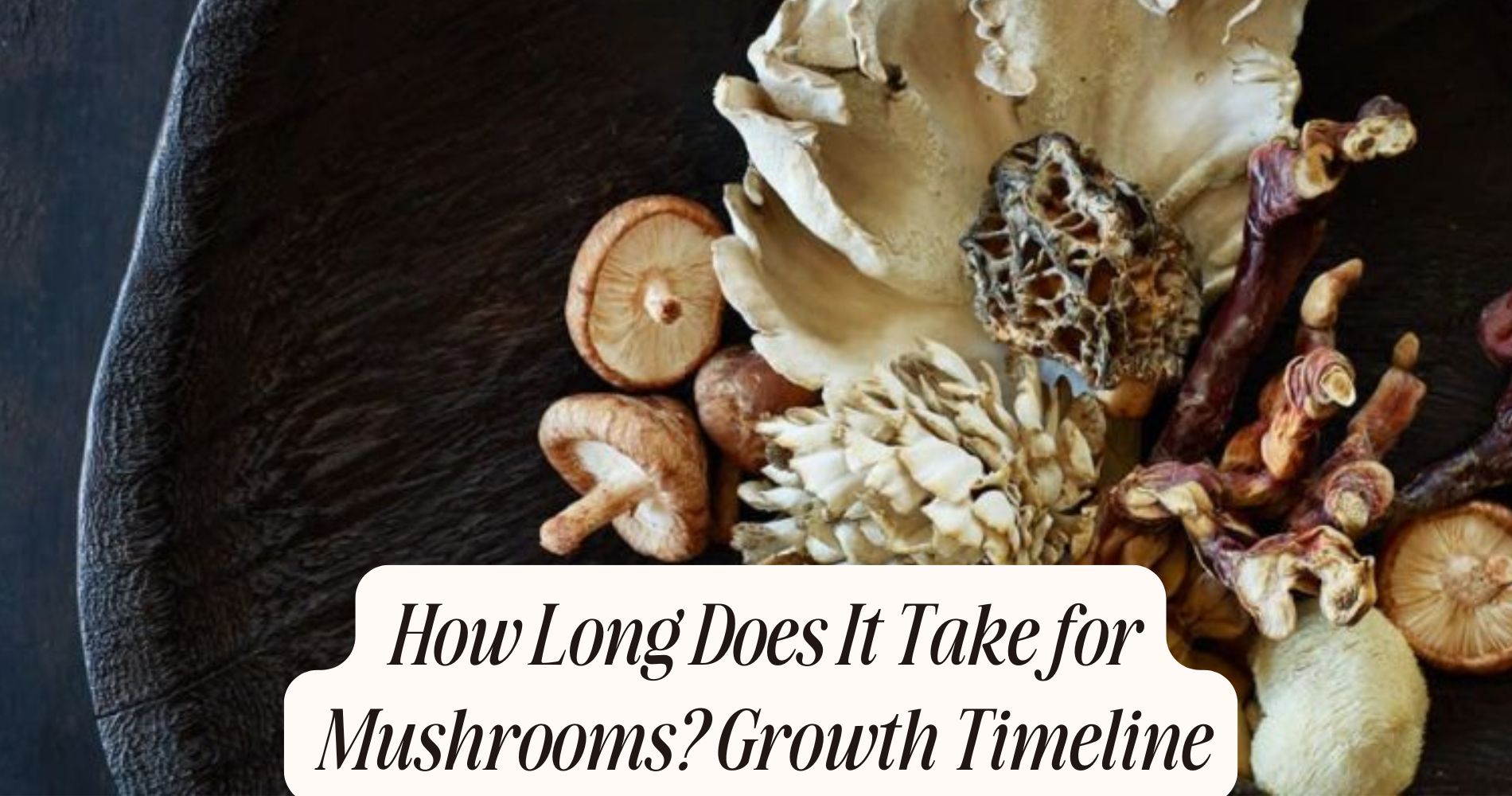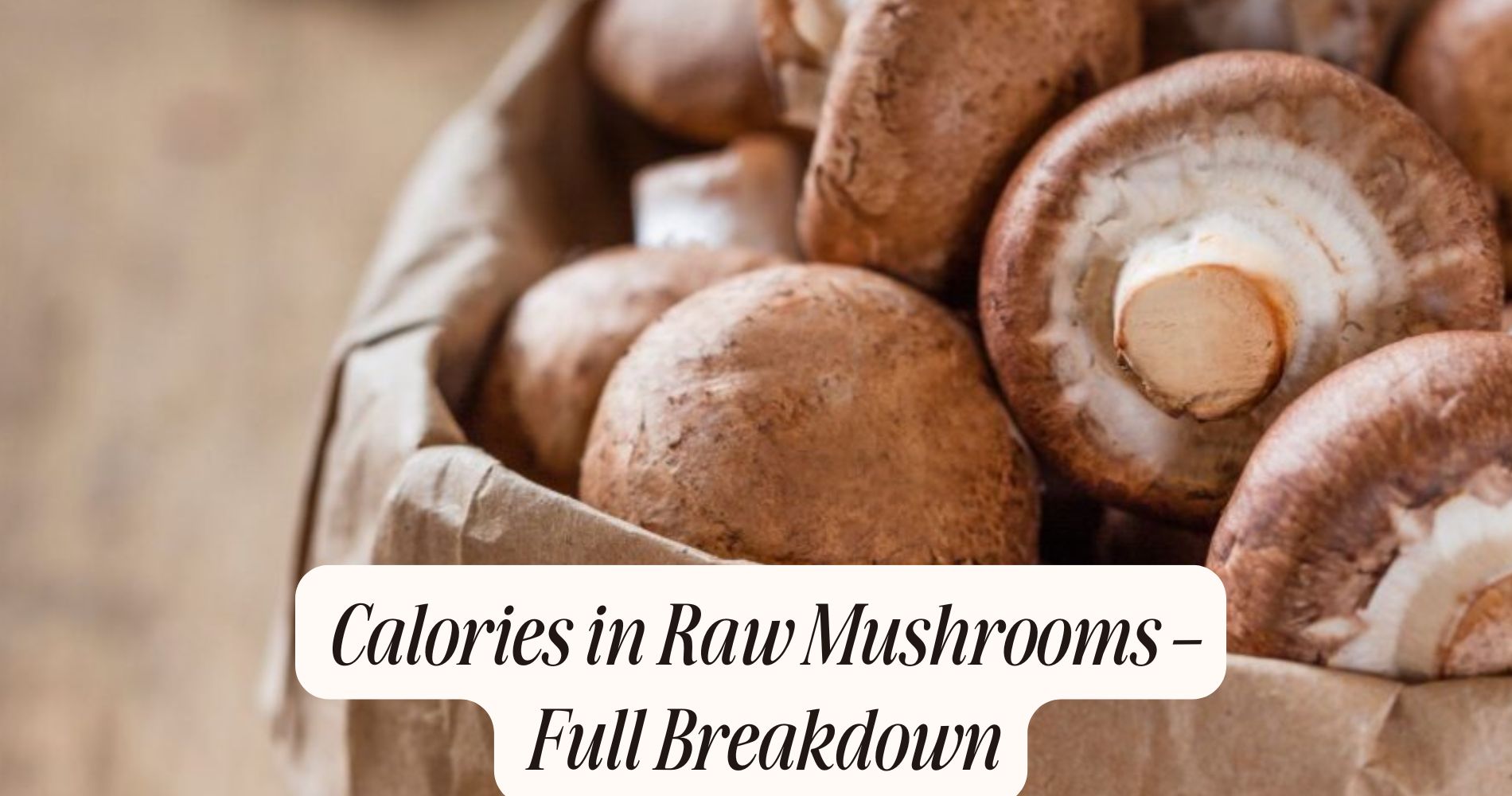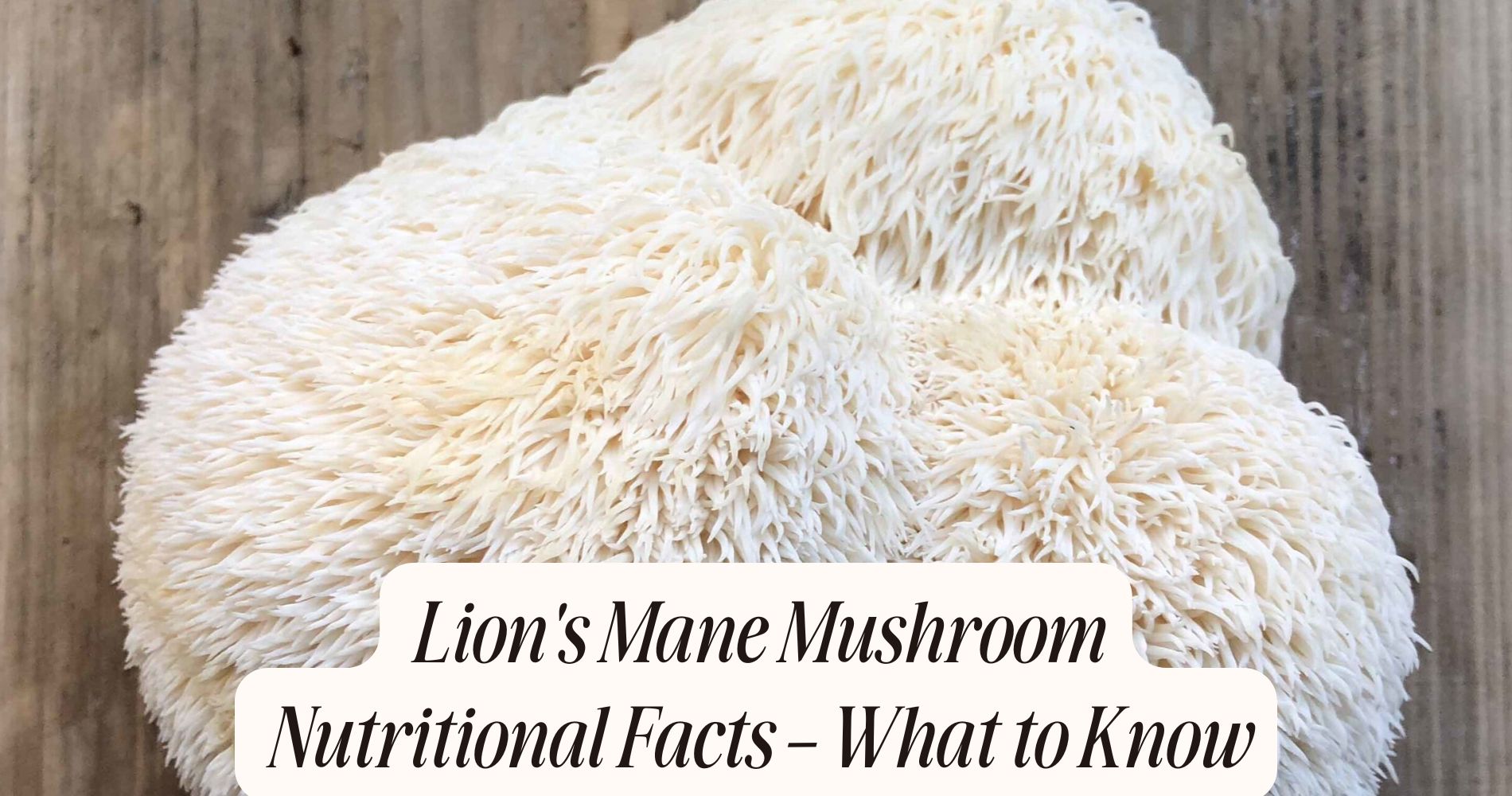
How Long Does It Take for Mushrooms? Growth Timeline
How long does it take for mushrooms? You’ll typically see mushrooms like oysters go from spore to harvest in just 7–21 days, while others such as shiitake might take several months to mature, largely depending on species and substrate conditions. Growth kicks off with spore germination, then mycelium spreads, primordia form, and finally fruiting bodies appear. Temperature, humidity, and air exchange all play critical roles in how quickly your crop develops. If you want precise timelines, environmental optimization, and reliable harvesting cues, there’s more to explore.
Understanding the Mushroom Life Cycle
Although mushrooms may appear simple, their life cycle involves several complex stages that guarantee successful reproduction and growth. You begin with spore dispersal, a process where microscopic spores are released from mature fruiting bodies into the environment.
Each spore is a reproductive unit capable of germinating when it lands in a suitable substrate. Under ideal conditions, spores germinate and produce fine, thread-like hyphae.
These hyphae extend and branch, eventually forming a dense mycelium network. This network efficiently absorbs nutrients and decomposes organic matter, supporting the fungus’s survival.
The mycelium network acts as both the vegetative foundation and the communication system for the organism, sensing environmental cues and maximizing resource allocation. Through these coordinated processes, you set the stage for future mushroom development.
Key Stages in Mushroom Development
Once the mycelium has established itself in a nutrient-rich substrate, mushroom development progresses through a series of distinct morphological stages. First, you'll observe continued mycelium expansion, where thread-like hyphae colonize the substrate to maximize nutrient absorption.
Next, the mycelium forms dense knots called primordia—these are the initial aggregations that signal the onset of fruit body formation. As conditions become favorable, these primordia differentiate into pinheads, which rapidly grow into mature fruiting bodies.

During this stage, cap and stem structures become fully defined, enabling the mushroom to complete its reproductive cycle. Finally, mature mushrooms facilitate spore dispersal, releasing billions of spores into the environment to initiate new life cycles.
Each stage requires precise environmental cues for successful progression and ideal yield.
Typical Timelines for Popular Mushroom Varieties
While environmental conditions and substrate composition influence growth rates, most popular mushroom varieties follow predictable developmental timelines under ideal cultivation. After spore germination, white button mushrooms (Agaricus bisporus) typically require 2–3 weeks to colonize substrate, with pinning occurring at week four and harvest within 18–21 days post-pinning.
Oyster mushrooms (Pleurotus ostreatus) complete substrate colonization in 10–14 days, show pins in 3–5 days, and fruiting bodies mature within 7–10 days.

Shiitake mushrooms (Lentinula edodes) display longer timelines, with colonization spanning 2–3 months and fruiting 7–14 days after induction.
Genetic variability among strains can alter exact durations, so you should expect minor deviations. By understanding these timelines, you’ll accurately predict harvest windows for each cultivated species under controlled conditions.
Environmental Factors That Influence Growth Speed
If you want to optimize mushroom growth, you must precisely control key environmental factors that directly affect development speed. Temperature is critical; most species thrive between 20°C and 25°C. Deviations can delay colonization or fruiting.
Substrate sterilization is also essential—any contamination from bacteria or mold directly competes with mycelium for nutrients, slowing or halting growth.
Humidity control plays a pivotal role, as mushrooms require 85-95% relative humidity for proper fruit body development. Insufficient humidity leads to stunted, cracked caps, while excess moisture encourages bacterial blotch or rot.
Air exchange is another factor: carbon dioxide buildup inhibits normal morphogenesis, so you need consistent fresh air.
Finally, light exposure, while not needed for all species, can trigger pinning and influence growth rates in many cultivated varieties.
Signs Your Mushrooms Are Ready to Harvest
Maintaining ideal environmental conditions directly impacts not just growth speed but also the quality and timing of your harvest. After successful spore germination and robust mycelium expansion, you’ll observe specific morphological changes indicating mushrooms are ready to pick.
Examine the caps closely—most species are best harvested when the caps have fully expanded but before the veil beneath the cap breaks and exposes the gills. At this stage, the cap’s surface appears smooth, edges may start to flatten, and the stem is firm.

If you wait too long, the cap upturns, spores release, and texture declines. Timing is essential: harvesting too early limits yield, while harvesting too late affects flavor and shelf life. Consistent observation ensures ideal harvest windows for peak quality.
Tips to Accelerate Mushroom Growth
Although mushroom development follows a distinct biological timeline, you can employ targeted strategies to accelerate growth without sacrificing yield or quality. Begin by optimizing spore germination conditions: maintain temperatures specific to your mushroom species and ensure high humidity to maximize spore viability. Use a sterile environment to reduce contamination risk, as competing microbes inhibit early growth stages.
For rapid mycelium expansion, select nutrient-rich substrates such as sterilized grain or hardwood sawdust and maintain a consistent moisture level—neither too wet nor too dry. Improve gas exchange by introducing filtered airflow, which supports robust mycelium respiration and prevents carbon dioxide buildup.
Finally, monitor and adjust environmental variables—light, humidity, and temperature—during fruiting to stimulate faster pinning and maturation. These interventions promote healthy, accelerated development.
Your Daily Dose of Mushroom Power
If you’re intrigued by the natural growth cycle of mushrooms, why not experience their benefits in a convenient daily form? With SUPER MUSHROOM GUMMIES by Well Gummies, you get the power of 10 functional mushrooms—like Lion’s Mane, Reishi, and Cordyceps—in a delicious wild berry chew. Whether you're aiming to fuel focus, support immunity, or maintain steady energy without jitters, these vegan gummies are a tasty and effective way to nourish your body and mind. No prep, no mess—just pop, chew, and thrive.
Frequently Asked Questions
Are All Mushroom Species Safe to Grow at Home?
You shouldn't assume all mushroom species are safe to grow at home. Many edible varieties exist, but toxic species can resemble them closely. Always source spawn from reputable suppliers and use species with well-documented safety and cultivation protocols.
How Should Harvested Mushrooms Be Stored for Freshness?
To optimize mushroom preservation, you should promptly refrigerate harvested mushrooms in breathable paper bags, preventing excess moisture accumulation. Avoid sealed containers, as improper storage methods accelerate spoilage by fostering anaerobic bacterial growth, thereby compromising texture and nutritional integrity.
Can Mushrooms Be Grown Outdoors Year-Round?
You can pursue outdoor cultivation of mushrooms year-round, but climate considerations are vital. Fluctuating temperatures, humidity, and precipitation directly impact mycelial growth and fruiting. Select species adapted to your local environment to optimize yields and minimize cultivation challenges.
Do Mushroom Kits Expire if Not Used Immediately?
When you store a mushroom kit, its longevity depends on proper conditions. Most kits have expiration dates, as the mycelium loses viability over time. Don’t delay—use your kit promptly for ideal growth and successful colonization.
What Pests or Diseases Commonly Affect Mushroom Crops?
You'll often encounter fungus gnats, mites, and bacterial blotch as common threats. Implement pest prevention through sanitation and controlled ventilation, while disease management relies on monitoring humidity, promptly removing contaminated substrates, and applying approved fungicides or biological controls.
Conclusion
By closely monitoring each stage of the mushroom life cycle, you’ll pinpoint ideal harvest times and maximize yields. Environmental conditions—humidity, temperature, and substrate quality—directly impact growth rates, so precise control accelerates development. Recognize visual cues such as cap expansion and gill exposure; these indicate peak maturity. By adjusting parameters and observing subtle morphological changes, you’ll not only speed up cultivation but also guarantee robust, healthy fruiting bodies, enhancing both productivity and quality in your mushroom harvests.




